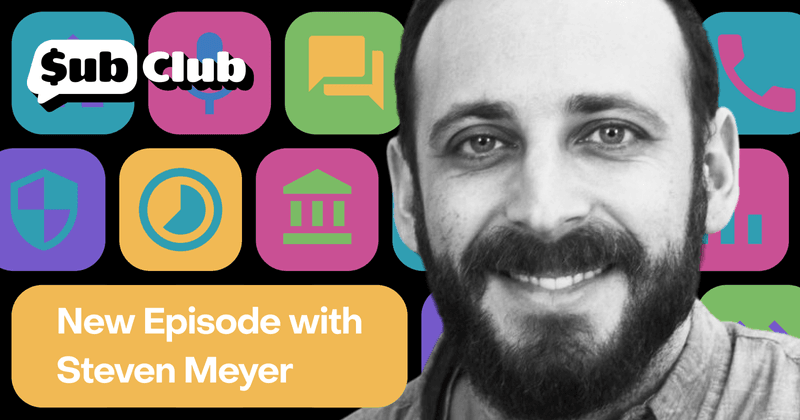It’s one thing to build a great app — but acquiring, engaging, and retaining paid subscribers is another challenge entirely. To have a successful app business, you have to have an effective marketing strategy. And in today’s competitive landscape, you might need to get creative.
Steven Meyers knows all about non-traditional marketing strategies. As VP of Growth at Babbel, Steven and his team have turned to offline marketing to reach a diverse user base wherever they are. We recently sat down with Steven at the App Promotion Summit (APS) in New York to find out how he and his team have achieved success with offline marketing.
Going offline
Babbel’s marketing strategy is characterized by their willingness to explore untapped marketing channels. It may sound surprising, but billboards, subway ads, radio, TV, and even direct mail can be valuable acquisition channels for subscription apps. “It’s a little bit of a different audience than you might get on traditional app marketing channels,” Steven said. “The audience tends to skew a little older. They actually tend to be a little bit non-technical… and these people are usually high-income, and they tend to buy. If you’re trying to monetize a subscription app, it works pretty well — so it’s always surprising to me that a lot of apps ignore these [channels].”
Now you may be wondering: how can I measure the effectiveness of offline ads? Great question! As Steven points out, attribution has always been tricky, and App Tracking Transparency (ATT) made things even more challenging. But that doesn’t mean you should give up. Instead, embrace the ambiguity: look at multiple data sources (like surveys and incrementality tests), employ different tool sets and models, and make your best approximation of reality.
Rejecting freemium
Many apps use the freemium model to get users in the door in the hopes that they’ll eventually convert to paid. (And we’ve talked previously about the benefits of having free users.) But as Steven points out, “freemium is not the only option for an app, and it really might not work for everyone… a few companies have done it really well… [but] for me personally, I don’t know if I’ve ever purchased an app through a free experience that I wasn’t already going to purchase anyway.”
For a mission-driven app business like Babbel, freemium just doesn’t make sense. Instead, Steven and his team have implemented a hard paywall and focused on providing the best possible language learning experience for paid subscribers. For Babbel, this approach has led to conversions, engagement, and retention, as the most committed users sign up. These users have bought in both metaphorically and literally — they’ve invested money in their language learning journey and are more likely to stick around as a result. To further encourage user retention, Steven’s team tracks user-centered metrics like learner success instead of vanity metrics like monthly active users.
World-wide web
Another area that Babbel excels is optimizing their web experience. According to Steven, “if someone sees a TV ad, it’s a 50/50 chance that they’re going to visit you on your app or on the web.” So if you’re using offline marketing channels, it’s important to have a great onboarding flow in both your app and on the web. When you do this, you not only ensure a seamless transition for users between platforms, but you also reduce the barrier to entry. Downloading an app requires a certain level of commitment that visiting a website doesn’t. So if your web experience is user-friendly, and you use it to convince users of the value of your product, you may see increased app downloads and conversion rates.

